People have been talking about the opening of Olluco in Moscow for at least a year, wondering what the restaurant of Peruvian chef Virgilio Martinez – chef at Central in Lima, number 4 in the World’s 50Best 2021 – would be like in Russia.
As with all the chef's projects, this establishment too is based on the activity of non-profit research association Mater Iniciativa. His main goal is to research products and natural resources from all over, their sustainable consumption and the respect of regional unique features. For Olluco, Virgilio and his team have travelled extensively and researched the Russian territory, they've visited producers to understand their cultural, culinary texture and find culinary stories they could convey through the dishes.
The tasting menus are organised in Chapters. The first chapter is called Flying Seeds: seeds travel in different ways, usually as far as possible from their place of origin. This means that the same products can grow in distant regions. It is to this journey that Chapter One is dedicated with products from Russia and Peru, with their similarities and differences. The journey of the ingredients but also the one imagined by the team of Martinez, who arrives in an unknown country and launches a new project.
Virgilio has promised to return regularly but he won't stay in Moscow. So the chef at Olluco is Nicanor Veira. He was the right arm of the chef in Peru and for the past 5 years has run the kitchen at Central. His goal is to spread the philosophy of Mater Iniciativa and share the knowledge with a new community.
The Flying Seeds menu is made of 9 courses and you can choose a wine or an alcohol-free pairing. The first course – Sea Ecosystem – includes three small tastings: crab, sea grapes, seaweeds; emulsion of octopus; scallops. This is a synthesis of Peru and Russia.
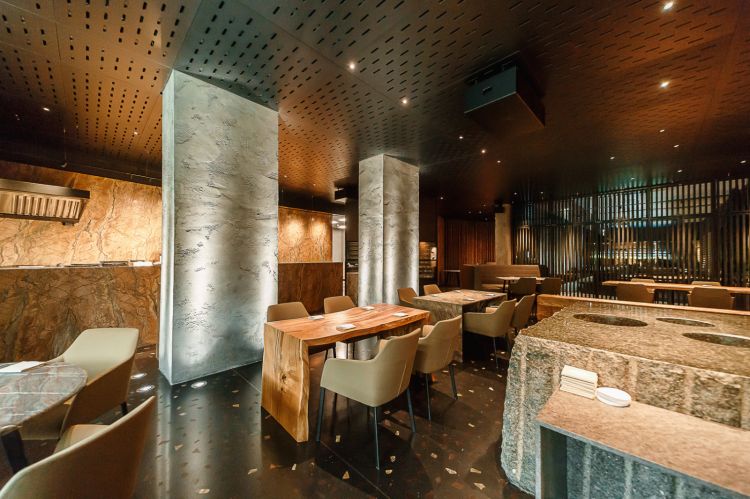
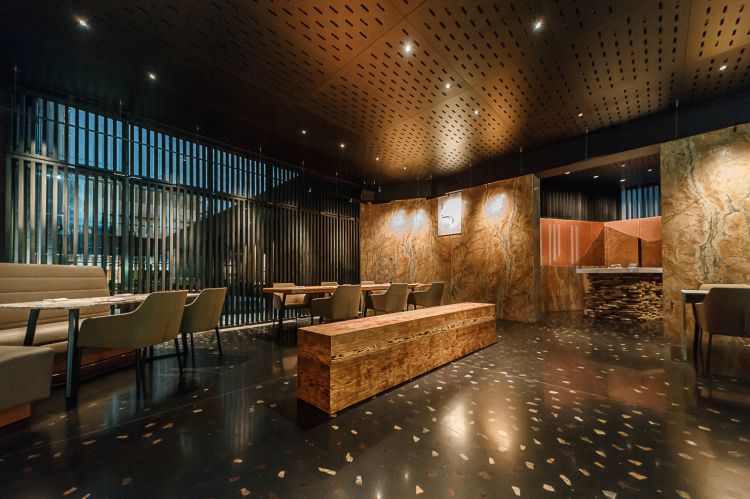
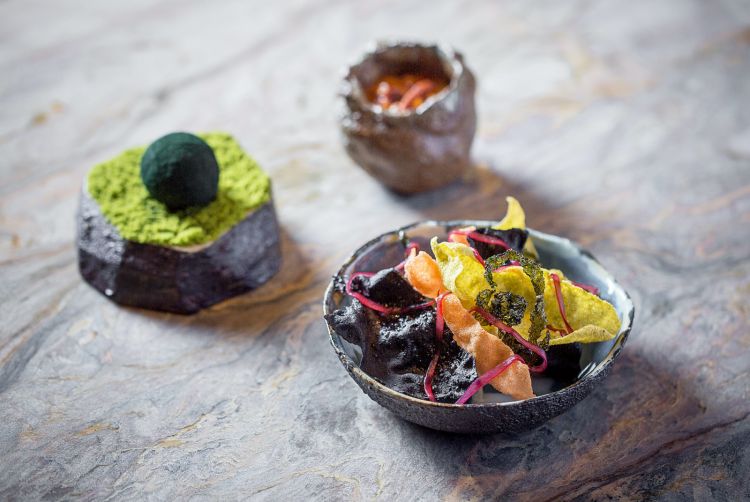
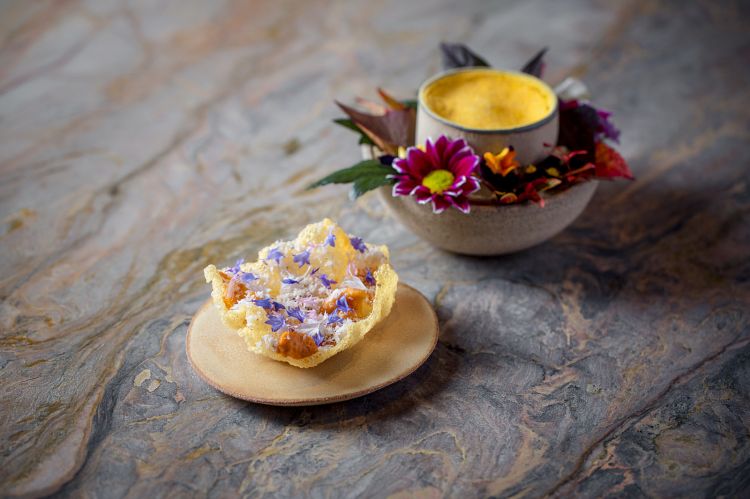
The following course is made of two courses in one: courgette, avocado, scampi and sea urchins (the latter come from the cold waters of Murmansk). Tropical Forest includes fruits from the Amazon Forest, chia, calamari, coconut and shiso. And again, the calamari are from Russia. All the starters are inspired by the climate and the ecosystems of Peru, but they are mostly recreated with Russian ingredients.
The most important part of the menu starts with Extreme Altitude, that is to say duck, carbonised celery, root of maca and corn from Mater, served separately. Fresh Water – perch pike, aji amarillo and blue potatoes – uses a typical freshwater fish from Russia, but surrounding it with typical Peruvian accents: it acquires a completely different "sound" because it is usually served in a soup, or shallow fried. Pachamanca Soil: lamb neck, beetroots, tubers from the Andes, clay. Pachamanca is originally an Incan dish, prepared for big celebrations, and has a deep social meaning: pork, beef, chicken, potatoes, corn, yucca, green bananas, dill and parsley are cooked in the earth, covered with stones. First the meat is cut into chunks, marinated for a short time and then wrapped in banana leaves and placed in the hole. The potatoes are washed but not peeled, the green bananas are peeled, then there's the corn, the roots of yucca, lots of parsley and dill sprinkled on the meat. After placing all the ingredients, the hole is covered in palm leaves and earth. The last of the main course is Flying potatoes: yellow potatoes, caviar, eggs, quinoa, kiwich.
The sweet part starts with High Jungle: cactus, sea buckthorn, persimmon, wild mint. The idea of the Peruvian jungle is interpreted here by Nicanor and Virgilio with cactus and a typical Russian berry, namely sea buckthorn, which adds a remarkable acidity to the dish. The last dessert is Amazon – chuncho cocoa, pine, coffee, bark syrup. An eloquent dish that clearly recalls the main richness of the two countries: Peru and its cocoa, and Russia with its forests. An incredible combination of cultural codes and umami.
Olluco is thus a meeting of cultures, traditions, products and professionals coming from two countries. Inside it was designed by the Peruvian architects of 51-1 in partnership with Russian designer Maria Zhukova. The walls are decorated with paintings from Peruvian artist Ismael Randal, created with the soil of Peru, collected at very different altitudes (another flashback from Central). Ismael mixed them with cement and combined them in unique works.
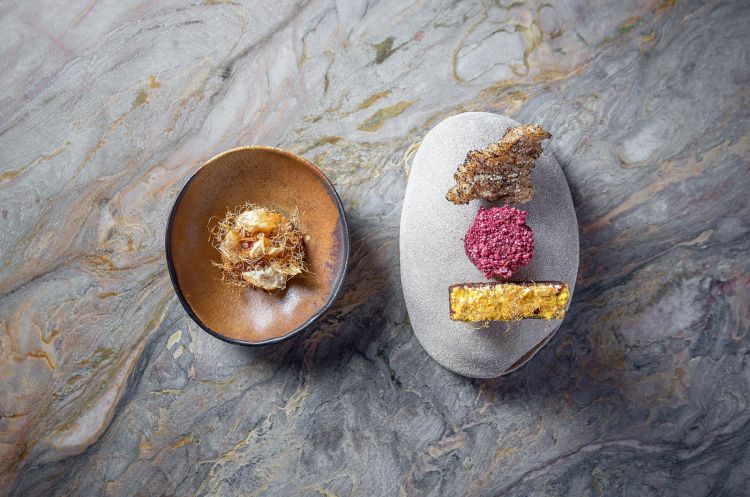
The tableware was made specifically from ceramic artisans from null.lab in Lima. Virgilio has been working with them for many years: they make tableware for all his restaurants in Latin America. Olluco is strongly reminiscent of Central but in the end it's unique and unrepeatable.
The restaurant bar is separated by a 25-metre-long screen, where they offer a menu of snacks and one of cocktails prepared by one of the most acclaimed barmen in Russia, Vitaly Ekimenko. The bar can be visited without booking, or you can always move there after dinner, to continue thinking about how the two countries shaping it are both similar and different, far and near.
Olluco
Daev, 19
Moscow, Russia
+74951098763
Tasting Menu: 14.500 rubles (around 165 euros)
Closed on Mondays
Translated into English by Slawka G. Scarso